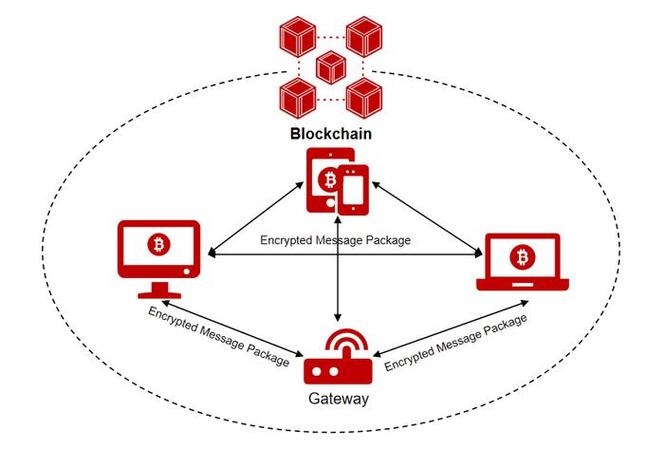
Create Eth Wallet Blockchain: A Comprehensive Guide
Creating an Ethereum wallet is a crucial step for anyone looking to engage with the blockchain ecosystem. Ethereum, being one of the most popular blockchain platforms, offers a wide range of applications, from decentralized finance (DeFi) to non-fungible tokens (NFTs). In this guide, we will walk you through the process of creating an Ethereum wallet, exploring different types, their features, and how to use them effectively.
Understanding Ethereum Wallets
An Ethereum wallet is a digital tool that allows you to store, send, and receive Ethereum and other ERC-20 tokens. It works similarly to a bank account, but instead of holding fiat currency, it holds cryptocurrency. There are various types of Ethereum wallets, each with its own set of features and security levels.

Types of Ethereum Wallets
1. Web Wallets: These are online wallets that allow you to access your Ethereum from any device with an internet connection. They are convenient but less secure since they are vulnerable to hacking and phishing attacks.
2. Mobile Wallets: Mobile wallets are applications that you can install on your smartphone. They offer a good balance between convenience and security, as they can be protected with biometric authentication.
3. Desktop Wallets: Desktop wallets are software applications that you install on your computer. They provide a higher level of security than web wallets but are less convenient, as you need to have your computer with you to access your Ethereum.
4. Hardware Wallets: Hardware wallets are physical devices designed specifically for storing cryptocurrencies. They are considered the most secure type of wallet, as they store your private keys offline, making them immune to online threats.

5. Paper Wallets: Paper wallets are physical pieces of paper that contain your private and public keys. They are a good option for long-term storage, but they can be easily damaged or lost.
Creating an Ethereum Wallet
Let’s take a closer look at how to create an Ethereum wallet using some of the most popular options:
1. MetaMask
MetaMask is a popular web and mobile wallet that integrates with Ethereum-based applications. Here’s how to create a MetaMask wallet:
- Visit the MetaMask website and click on “Get MetaMask.” Choose either the Chrome extension or the mobile app, depending on your preference.
- Follow the installation instructions for your chosen platform.
- Once installed, open the wallet and click on “Create a new wallet.” You will be prompted to create a password to secure your wallet.
- Write down your seed phrase and keep it in a safe place. This phrase is like your wallet’s password and is essential for accessing your Ethereum.
- Click “I’ve written down my seed phrase” and you’re all set!
2. MyEtherWallet (MEW)
MyEtherWallet is a desktop wallet that allows you to create a wallet and manage your Ethereum and ERC-20 tokens. Here’s how to create a MEW wallet:
- Visit the MyEtherWallet website and click on “Create New Wallet.” You can choose to create a wallet using your private key, public key, or mnemonic phrase.
- For this guide, we will use the mnemonic phrase method. Click on “Create Wallet with Mnemonic Phrase.” You will be prompted to enter a password for your wallet.
- Write down your mnemonic phrase and keep it in a safe place.
- Click “Generate Wallet” and you will see your public and private keys. You can now use these keys to send and receive Ethereum and ERC-20 tokens.
3. Ledger Nano S
The Ledger Nano S is a hardware wallet that offers a high level of security for storing your Ethereum. Here’s how to create a wallet on the Ledger Nano S:
- Connect your Ledger Nano S to your computer and open the Ledger Live application.
- Click on “Manage Accounts” and then “Add Account.” Choose “Ethereum (ETH).” You will be prompted to enter a PIN for your device.
- Follow the on-screen instructions to generate a new Ethereum address. You will be prompted to enter a recovery phrase. Write it down and keep it in a safe place.
- Your Ledger Nano S is now ready to store your Ethereum and ERC-20 tokens.





